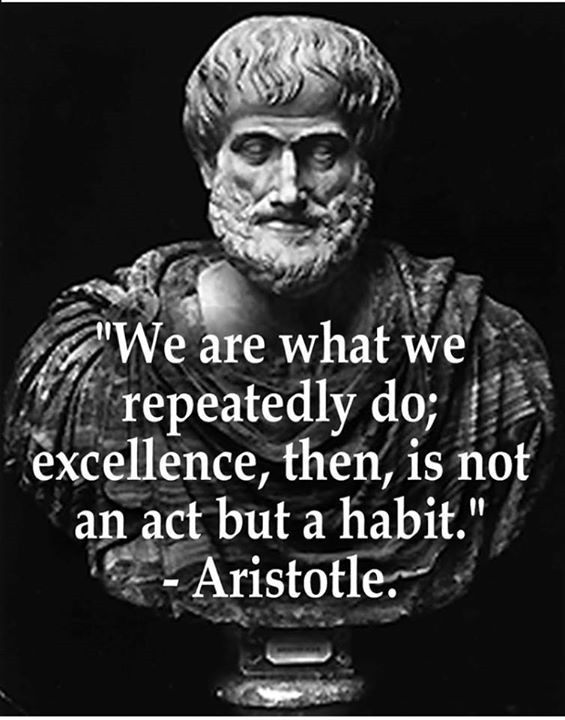
Just in time for Valentine’s Day, epidemiology has given “sweetheart” a whole new meaning with a study demonstrating an association between sugar intake and heart disease. In this case, “sweet” heart is not a term of endearment; it’s a bad prognosis. Sweet heart, suddenly- you suck.
In deference to the holiday, we might repine the dispassion of epidemiologists inclined to replace boxes of chocolates with prescriptions for statins. But epidemiologists, presumably, need love too, even if they have an odd way of showing it. So we’ll let them be, and move on to the study and its implications.
Like much nutritional epidemiology, the study in question was observational. There was no intervention, no randomized assignment to sugar or placebo (historically referred to as “sugar pills,” which clearly won’t do these days). This study, conducted jointly by researchers from the CDC, Emory University, and Harvard, simply used population data about dietary intake to compare variation in percent calories from added sugar, and heart disease mortality.
Let’s digress a moment to emphasize a fine point: the relevant metric was not total sugar, or sugar calories, or sugar grams. It was percent of total calories from sugar. This matters, because we all have only 100% of our calories in play each day. When a higher percentage of calories comes from sugar, a lower percentage comes from everything else. Health is affected both by what we do eat, and what we don’t.
Let’s digress again to note a thing or two about observational studies. My impression is that when people don’t like the results, they are quick to point out the methodologic weaknesses: observational studies can’t prove cause and effect; observational studies just show association; observational studies have often been proven wrong when randomized intervention trials are done; and so on. When people DO like the results, the observational nature of the research is forgiven, and the attendant weaknesses routinely ignored, as wastrue of media coverage in this case.
But what’s good for the goose is good for the gander, and the merits and liabilities of observational studies are the same whether the results support or refute the hypothesis we love best. This new study does not, and cannot, prove cause and effect. It merely showed more cardiovascular mortality among people with a higher percentage of calories coming from added sugar. That may mean that sugar causes heart disease (I suspect it does contribute). It may also mean that diets higher in sugar are just poorer diets- and people with poorer diets are more prone to heart disease. That is somewhat less than astonishing.
In fact, it is tempting to ask about this news headline-generating study: where’s the news? We have long known that excess sugar intake is bad for our health in general. We have long known that excess sugar intake is associated with obesity, insulin resistance, metabolic syndrome, and diabetes. And we have long known that diabetes is among the most potent of risk factors for heart disease. Leaving aside the prior studies that directly address the link between sugar and heart disease, we are left to wonder: how could excess sugar intake NOT be associated with heart disease? That it must be is clear to all who recall the transitive property we learned in 6 grade algebra- if A leads to B and B leads to C, then A leads to C. “A” here is sugar, “B” can be diabetes, and “C” is cardiovascular mortality.
The new study was statistically sophisticated; they don’t publish casual observations inJAMA. But while the researchers controlled for many factors, they did not control for insulin levels, metabolic syndrome, or diabetes- and rightly so. Observational research is subject to the peril of “over adjustment,” where the very factors important to a causal pathway are bullied by the study methods.
I suspect that’s clear as mud for you non-researchers, so let me clarify with an illustration. Imagine an observational study looking at the association between gunshot wounds and health outcomes. Further imagine a researcher thinking you can only assess the harms of the gunshot if you exclude the effects of the bullets. So the group goes on to study the harms of gunshot wounds only in those not actually hit by bullets. I think even the NRA would have to acknowledge the problem here. This is over adjustment.
The new study did not do that, which means that excess sugar could have led to increased heart disease in all the customary ways: inflammation, insulin resistance, and diabetes among them.
Given that, I am surprised at how surprised people seem to be that sugar is linked with heart disease. Social media were buzzing with the news as if it were…news. And the “sugar is poison” cabal, which seemed to be king of the sandbox until quite recently when the “not so fast, grains are the real poison” clan muscled in, has been heralding the news far and wide as if it proves their perspicacity. One colleague in that camp virtually rolled up the new study and smacked me in the head with it to the accompaniment of a hearty: “told you so!”
But I’m not impressed. Diets higher in added sugar and lower in everything else are bad diets. Bad diets are bad for us. In fact, that’s the very thing that makes them bad diets. I’m struggling to find the revelation.
The trouble with this “study generates publication; publication generates headlines; headlines generate blogs; blogs generate tweets, which generate more blogs and tweets…” cycle is that it makes it seem as if every incremental addition to the sum of what we know is a brand new, stand-alone, alternative truth. That’s nonsense. Worse, it’s dangerous nonsense- because there are many more “one nutrient at a time” ways to eat ourselves to sickness and premature death than there are to eat ourselves healthy. As a culture, we seem committed toexploring them all.
Coincidentally, I heard on the car radio today that despite all the twists and turns in the U.S. economy over recent years, bacon sales have ramped up unfailingly. That’s really too bad, because eating more bacon is bad for the environment, bad for the planet, really bad for the pigs- and in my opinion, decisively bad for our health as well. But this is the predictable outcome when we assert or imply that sugar is the one thing wrong with our diets; or wheat is; or grains are. It means everything else is exonerated at worst, exalted at best. So bring on the perfect meal: bacon, potato chips, and diet soda. It must be perfect: there’s no wheat, no grains, and no added sugar.
The importance of sugar intake to health does not obviate the importance of other factors. Some of the same researchers involved in the new study have published other observational studies showing associations between meat and heart disease; meat and diabetes;processed meat and cancer; more fruit intake with less diabetes; more nut intake with less heart disease; and so on. These results don’t disappear when new ones are published. Notably, researchers at Harvard also studied the association between the nutrition guidance system I helped develop and health outcomes, and showed that the higher the overall nutritional quality of foods in general, the lower the rate of chronic disease and premature death from any cause.
Just like ingredients in a recipe, research results must be blended appropriately to avoid half-baked nonsense. Nutrition makes the most sense when viewed holistically.
And so does health. Among the more indelible insights of medical education is that the shinbone is connected to the anklebone. It’s right up there with “all bleeding stops.” I have always taken the shinbone in this case for more than just the tibia- I have taken it for a symbol indicating that everything in the body is connected.
That, of course, includes the heart. Putting the heart in context- namely the thorax, connected to the rest of the body via veins and arteries- argues strongly against any epiphanies about sugar. If excess sugar is bad for health, which seems indisputable, then it is bad for hearts ineluctably configured into that health. Honestly, folks, there are times our reductionism makes the Blind Men from Indostan look omniscient.
If we keep insisting on treating each study as if it is a new truth displacing everything we thought we knew before, we will never make any progress. We are looking at the world through a preselected tunnel, and any light at the end is apt to be the next on-coming train.
Of course excess sugar is associated with heart disease. Of course that doesn’t mean nothing else is. And, of course, this new study didn’t truly prove anything. There was no epiphany here, except for those already shopping for one.
In lieu of sequential epiphanies, I offer up my sound bites of ingestive truth intended to stand the test of time. You can be the judge. Chew on them, and either swallow or spit as the spirit moves you:
1) We can never get to good diets, or good health, one nutrient (or food) at a time.
2) What’s genuinely good for any part of us is just plain good for us.
3) What’s just plain good for us is good for every part of us.
4) What’s genuinely bad for any part of us is just plain bad for us.
5) What’s just plain bad for us is bad for every part of us.
6) Getting a higher percentage of calories from X means getting a lower percentage of calories from Y.
7) Our health is affected for good or bad both by what we don’t eat, and what we do eat in its place.
8) The dose makes the poison.*
9) There are many nutrition details we don’t know, but we know enough to eat well; we are not clueless about the basic care and feeding of Homo sapiens.
10) If you want to get out of the woods, it helps to see the forest through the trees.
As for the timing of those prosaic epidemiologists, inveighing against sweet hearts just in time for Valentine’s Day- they’re just doing their jobs, and probably not as heartless as they seem. We can take comfort in the fact that dark chocolate is still good for our hearts, as are strawberries. And to my knowledge, there’s never even been a question about love.
-fin
*courtesy of Paracelsus


 The Zepp Labs wearable sensor on a golf glove … this year’s Consumer Electronics Show was dominated by the next generation of fitness devices. With more advanced sensors and improved hardware.
The Zepp Labs wearable sensor on a golf glove … this year’s Consumer Electronics Show was dominated by the next generation of fitness devices. With more advanced sensors and improved hardware.

 Jon Feingersh/Getty Images
Jon Feingersh/Getty Images



